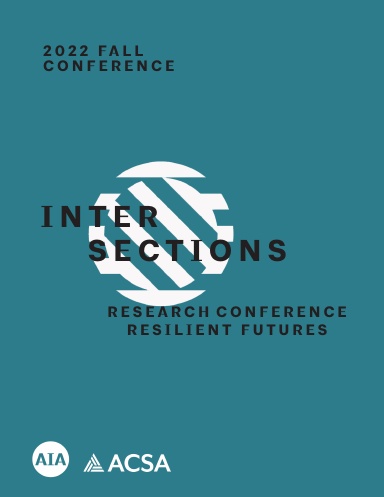Author(s): Robert Sproull
The Peacock Tract in Montgomery, Alabama is one of Montgomery, Alabama’s first African-American neighborhoods. Originally a plantation where enslaved people worked the land, the rise of this community included the city’s first African-American churches which helped change the course of American history by becoming one of Montgomery’s centers of civil rights activity. The churches of the Peacock Tract were the places that witnessed the election of Martin Luther King as leader of the Montgomery Improvement Association, the vote to extend the city bus boycott, and the final rest stop on the Selma to Montgomery March. Later, the community was the site of racially and politically motivated retributive urbanism when the city’s African-American social infrastructure was intentionally targeted by Interstates. The effects of this massive disruption are still evident. The interstates quartered the community and severed it from the rest of the city, and at first look, this retaliatory urban maneuver may appear successful. However, the Peacock Tract has endured despite the immense piece of critical infrastructure positioned to intentionally disrupt it. This paper proposes that due to the strength and history of the enduring pieces of social infrastructure, specifically the historic churches, the area has yet to be overridden or abandoned, and supports the argument that the resilience of a place is inextricably tied to the strength of the social infrastructure within it. The paper highlights several interdisciplinary interventions proposed by undergraduate environmental design students. It presents a design research course where students are asked to consider infrastructure as an agent of connection, inclusion, or restoration. as opposed to division. Students worked with community partners to develop proposals providing a suture, between the quadrants left in the interstate’s aftermath. While each project proposes a unique programmatic solution, the intersection of social and critical infrastructure in pursuit of resilience is present throughout.
https://doi.org/10.35483/ACSA.AIA.Inter.22.19
Volume Editors
Gail Napell & Stephen Mueller
ISBN
978-1-944214-42-13

 Study Architecture
Study Architecture  ProPEL
ProPEL 
